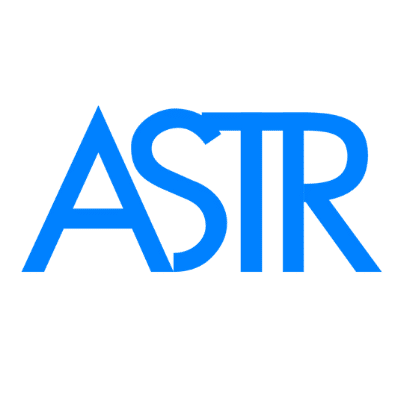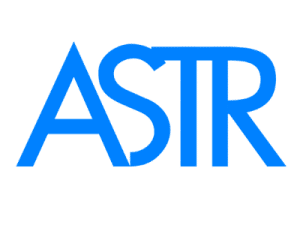What Is Myofascial Pain Syndrome? Causes, Symptoms, and Treatment Options
What Is Myofascial Pain Syndrome? Causes, Symptoms, and Treatment Options
Understanding Chronic Muscle Pain and Trigger Point Tension
Myofascial Pain Syndrome (MPS) is a chronic condition that affects the fascia—connective tissue that surrounds and supports muscles throughout the body. It is often misunderstood or misdiagnosed, despite being a major contributor to persistent musculoskeletal pain, fatigue, and reduced mobility.
What Causes Myofascial Pain Syndrome?
Myofascial pain typically begins with the development of trigger points—hyperirritable spots in skeletal muscle that cause referred pain. These painful knots form when muscles contract repetitively or experience trauma, poor posture, stress, or inactivity.
Common causes include:
-
Muscle overuse or repetitive strain injuries
-
Poor posture or long periods of muscle tension
-
Injury or trauma to soft tissue
-
Surgical scars or inflammation
-
Emotional stress triggering prolonged muscle tightening
Research suggests that muscle trauma or chronic strain disrupts blood flow and oxygen to the fascia, leading to the accumulation of inflammatory chemicals and persistent pain signals to the brain (Dommerholt et al., 2006).
Common Symptoms of Myofascial Pain
Myofascial Pain Syndrome may feel different from standard muscle soreness. It often presents as:
-
Deep, aching muscle pain that doesn’t improve with rest
-
Stiffness or tightness in the affected muscle
-
Referred pain—pain felt in a different area than the trigger point
-
Tender knots or nodules that worsen with pressure
-
Limited range of motion
-
Sleep disturbances and fatigue
The pain can be localized (such as in the neck or shoulder) or widespread, especially if multiple trigger points develop over time.
How Is Myofascial Pain Diagnosed?
There are no blood tests or imaging scans that directly diagnose MPS. Instead, trained clinicians identify it through:
-
Physical examination to detect taut muscle bands and trigger points
-
Palpation tests to check for referred pain
-
Pain response to sustained pressure
In some cases, ultrasound imaging is used to visualize fascial adhesions or hypoechoic areas linked to trigger points (Maher et al., 2013).
Natural and Medical Treatment Options
Treating Myofascial Pain Syndrome requires a multi-modal approach that addresses both the physical and biochemical causes of pain. Common treatments include:
1. Manual Myofascial Release
Targeted pressure and stretching to break down fascial adhesions and improve blood flow.
2. Trigger Point Therapy
Manual techniques or dry needling to deactivate painful nodules.
3. Postural Retraining & Ergonomic Correction
Improves alignment and reduces muscle strain in daily activities.
4. Fascial Tools and Instrument-Assisted Techniques
Therapeutic tools can effectively release fascial restrictions and deactivate trigger points when used correctly by a trained practitioner.
One of the most effective tool-based options includes ASTR® (Advanced Soft Tissue Release) tools. These patented instruments are designed to:
-
Break down scar tissue and fascia adhesions
-
Improve circulation and reduce inflammation
-
Support natural healing and mobility
-
Deactivate trigger points safely
They are commonly used in clinical settings and home programs with guidance. You can view the full ASTR tool selection here:
👉 ASTR Myofascial Release Tools – Shop Now
5. Anti-Inflammatory Diet and Hydration
Chronic inflammation worsens fascia sensitivity. An anti-inflammatory approach, such as the ASTR Diet, can reduce underlying contributors to pain.
6. Stress Reduction Techniques
Breathing, mindfulness, and vagus nerve stimulation reduce central pain amplification.
Can Myofascial Pain Be Cured?
With early intervention and consistent therapy, most cases of Myofascial Pain Syndrome can be significantly improved or fully resolved. However, if left untreated, it may lead to chronic pain, movement restrictions, and decreased quality of life.
Final Thoughts
Myofascial Pain Syndrome is a treatable, yet often overlooked, source of chronic pain. If you’re experiencing stubborn muscle tightness, referred pain, or persistent trigger points, don’t dismiss it as simple soreness. A comprehensive approach that addresses fascia, posture, inflammation, and stress can unlock deep and lasting healing.
References
-
Dommerholt, J., Bron, C., & Franssen, J. (2006). Myofascial trigger points: an evidence-informed review. Journal of Manual & Manipulative Therapy, 14(4), 203–221.
-
Maher, R. M., Hayes, D. M., & Shinohara, M. (2013). Quantification of dry needling and posture effects on myofascial trigger points using ultrasound shear-wave elastography. Archives of Physical Medicine and Rehabilitation, 94(11), 2146–2150.
-
Simons, D. G., Travell, J. G., & Simons, L. S. (1999). Travell & Simons’ Myofascial Pain and Dysfunction: The Trigger Point Manual. Williams & Wilkins.

